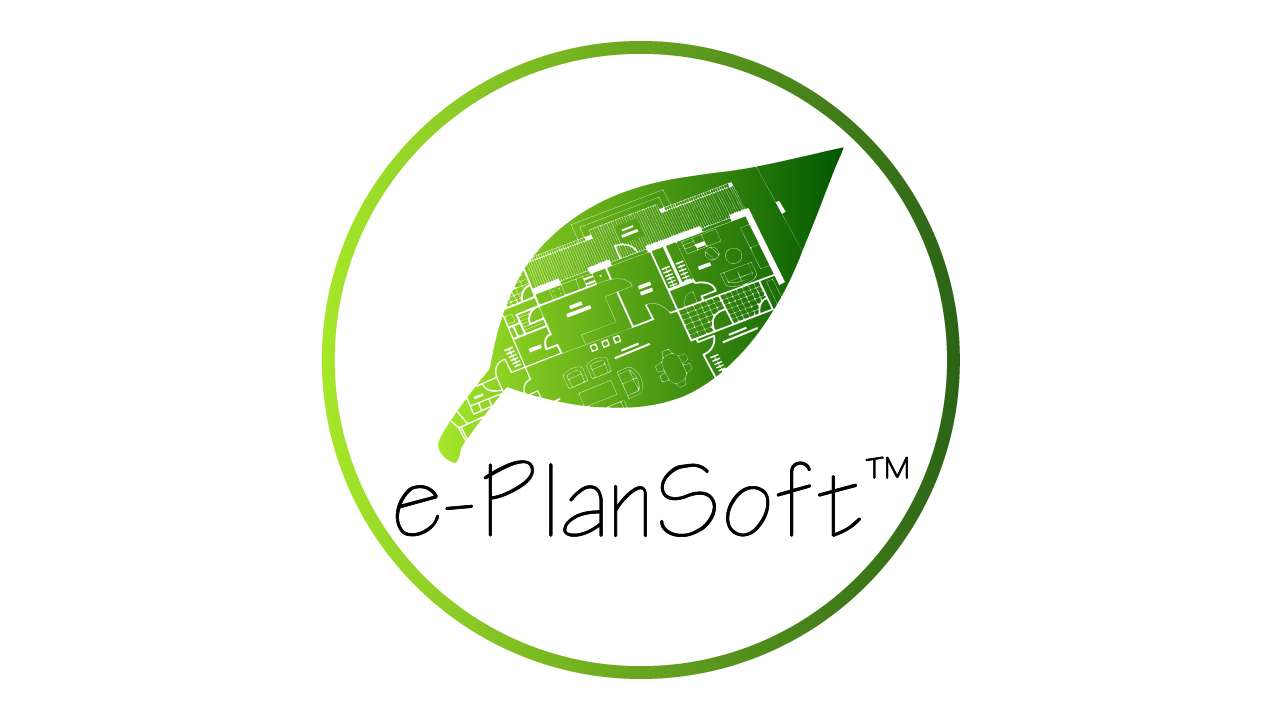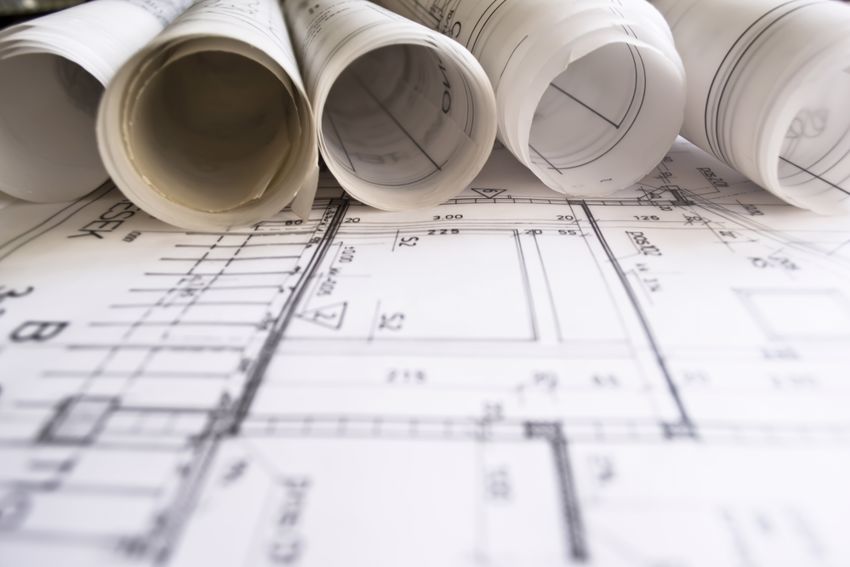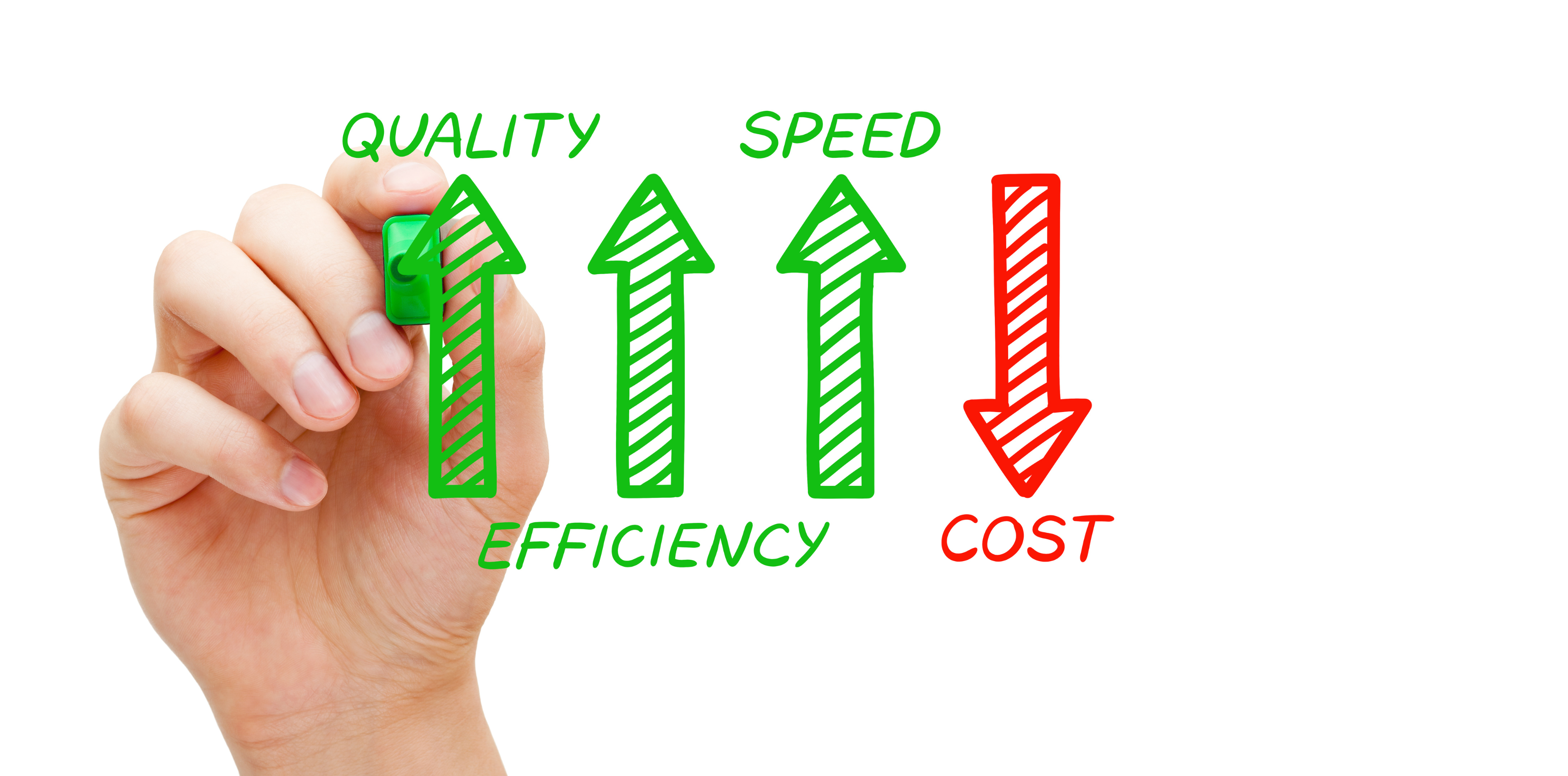Improving Citizen Trust and Engagement in Government Agencies
Building and Strengthening Citizen Trust in Public Agencies Citizen trust and satisfaction are critical indicators of success for local and state...

Explore our 2024 comparative review, your ultimate guide through the top-tier plan review solutions.
2 min read
 e-PlanSoft™ Team
Dec 19, 2023 9:54:20 AM
e-PlanSoft™ Team
Dec 19, 2023 9:54:20 AM

In the ever-evolving landscape of building and construction, electronic plan review has become a cornerstone for efficient collaboration and streamlined communication among stakeholders. Two essential features that play a crucial role in this process are annotation tools and comment tools. While there are differences, these tools share fundamental similarities in enhancing communication, fostering collaboration, and improving the overall efficiency of the electronic plan review process.
Understanding Annotation Tools:
Annotation tools are features within electronic plan review software that allow users to mark up and annotate specific elements of a plan. This tool typically includes a variety of markup options, such as arrows, shapes, text boxes, and other graphic elements. Plan reviewers and other project stakeholders use annotation tools to highlight specific details, suggest modifications, or provide feedback on the design.
Similarities with Comment Tools:
On the other hand, comment tools in electronic plan reviews serve a similar purpose by enabling users to leave textual comments directly on the design or plan. These comments may include feedback, questions, or suggestions for improvement. Comment tools often allow for threaded discussions, making it easy for multiple stakeholders to engage in a conversation about specific aspects of the project.
Key Similarities:
Collaborative Communication: Both annotation tools and comment tools facilitate collaborative communication among project stakeholders. They provide a platform for team members to share their insights, suggestions, and concerns in a centralized and easily accessible manner.
Real-time Feedback: Both tools enable real-time feedback, allowing team members to instantly communicate their thoughts without the need for time-consuming back-and-forth emails or meetings. This real-time aspect is particularly valuable in fast-paced projects where quick decision-making is crucial.
Clarity and Precision: Tool annotation and comment tools contribute to clarity and precision in communication. Tool annotations visually pinpoint specific elements in the design, while comments provide detailed explanations or discussions. This clarity helps reduce ambiguity and ensures that everyone involved in the review process understands the feedback provided.
Documented History: Both tools contribute to a documented history of the review process. Annotations and comments are typically saved within the electronic plan, creating a traceable record of the evolution of the design and the decisions made during the review. This can be valuable for auditing purposes and for reference throughout the project lifecycle.
Enhanced Iterative Process: Annotation and comment tools support an iterative design process. As changes are proposed, discussed, and implemented, these tools allow for a seamless flow of information, ensuring that all stakeholders are on the same page and that design modifications are well-documented.
Conclusion:
In the world of electronic plan review, the similarities between annotation tools and comment tools are evident. Both features contribute significantly to enhancing communication, fostering collaboration, and improving the overall efficiency of the design review process. Recognizing and leveraging these similarities can empower planning teams to maximize the benefits of electronic plan review, leading to more successful and well-coordinated projects.

Building and Strengthening Citizen Trust in Public Agencies Citizen trust and satisfaction are critical indicators of success for local and state...
In the world of plan review software, the choice of platform can significantly impact the efficiency and accuracy of project evaluation. Bluebeam Revu
As local governments strive to streamline their permitting processes, transitioning from paper-based to electronic plan review systems is a critical...

You're one of many plan reviewers handed a plan set, working together to communicate with each other what should go into it so you can build...

1 min read
Before delving into the distinguishing features that set our electronic plan review software apart from competitors like Bluebeam, let's first...

Handlingcomment letters during plan reviews can be tedious filled with opportunities for delays and miscommunication. Traditionally managed through...